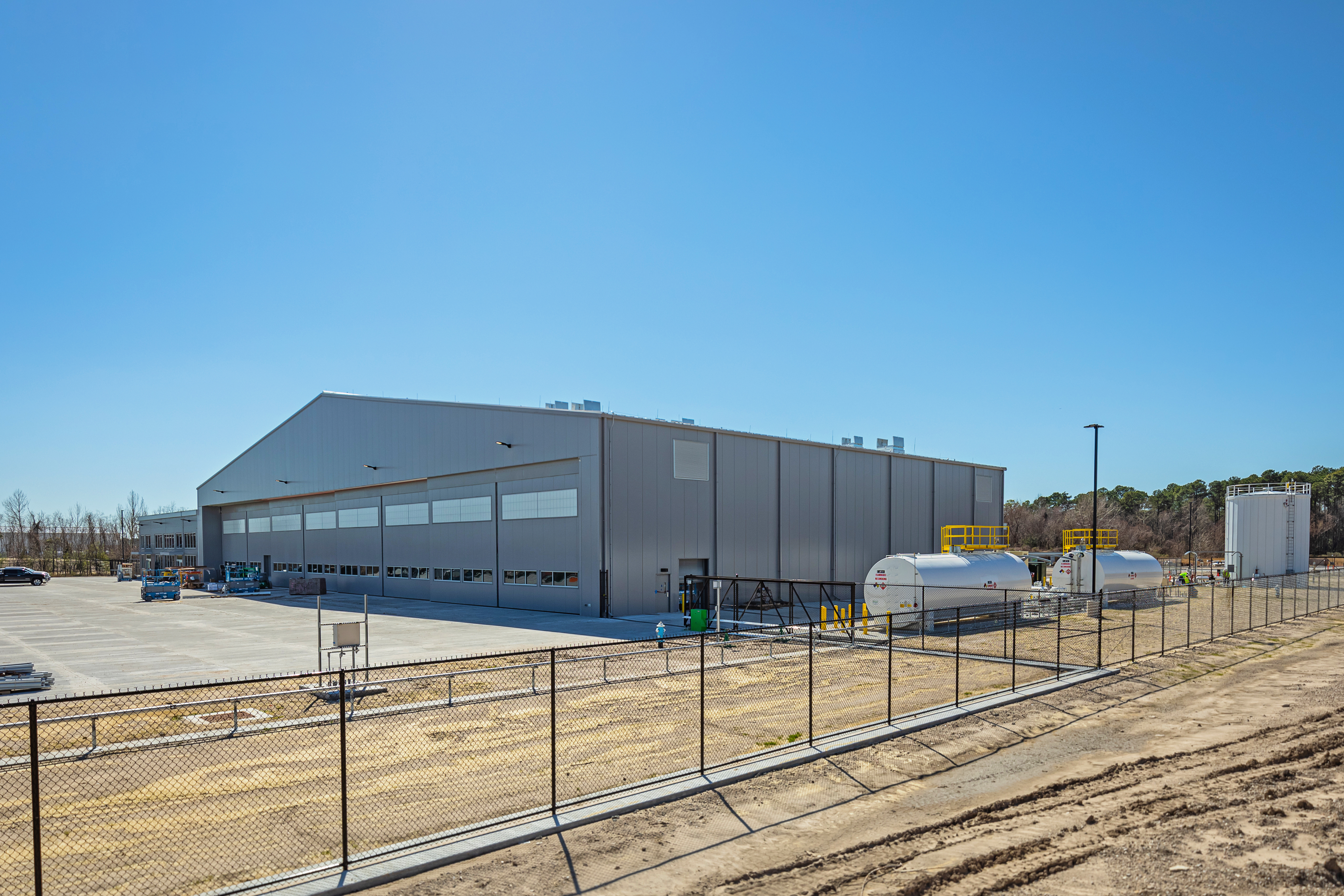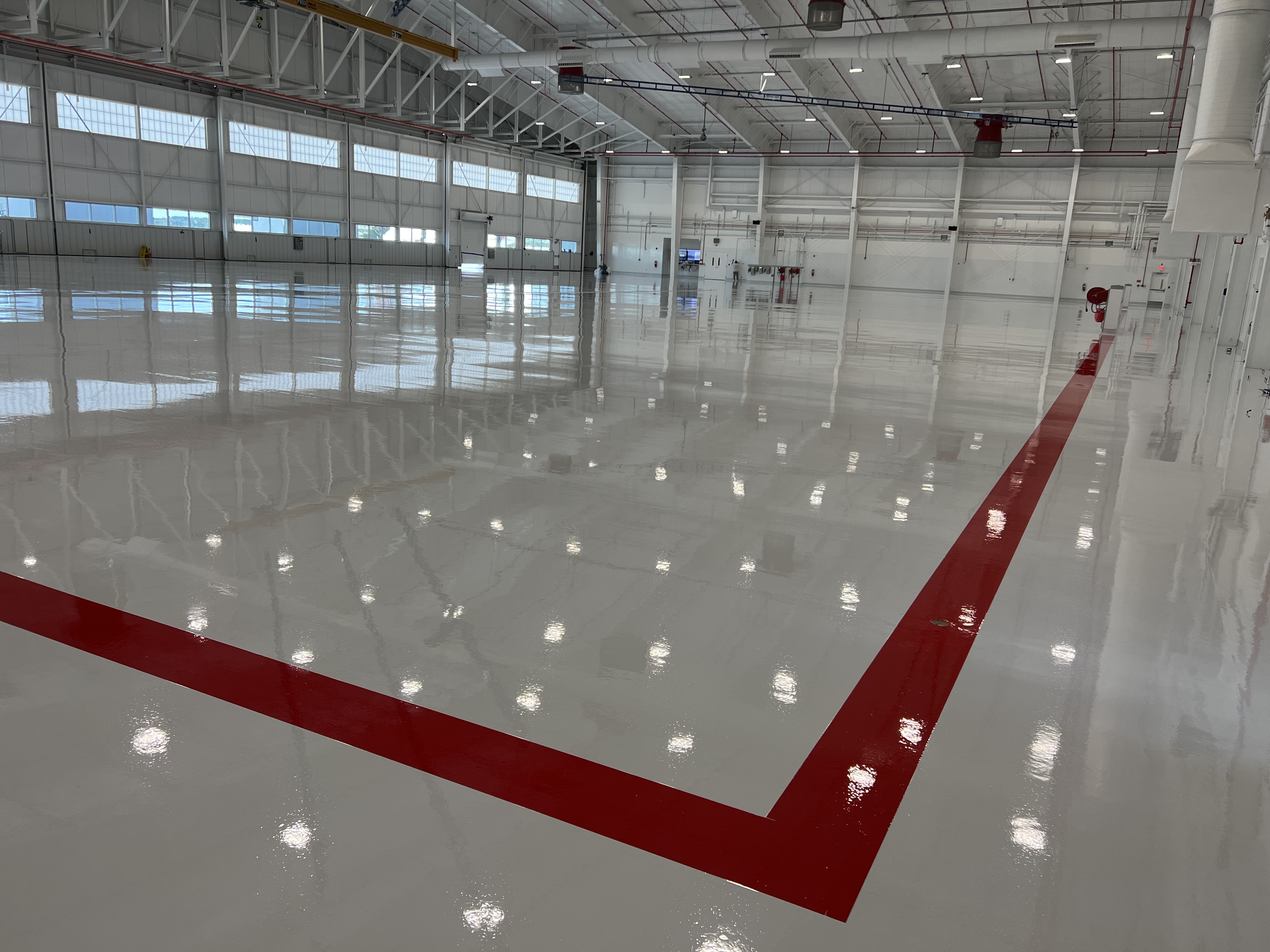Days
- :
Hrs
- :
Min
- :
Sec
Why Design-Build Is Vital to Managing Commercial Aviation Growth
A blog by Burns & McDonnell
Efficient project delivery is vital to remaining competitive. Design-build, and andspecifically progressive design-build, is an increasingly attractive option to alleviate project pressures provide speed-to-market advantages.
| In contrast with the traditional design-bid-build process, design-build delivery gives owners an integrated package for an overall fee named upfront. By streamlining schedules and minimizing change orders, design-build results in faster project execution with fewer surprises. It is fairly common in contexts like institutional campuses, where owners typically have a good idea of what they want built. |  |
In aviation, especially for North American airports, this concept has been further refined with the development of progressive design-build. Projects delivered in this way are developed through a multistep process with collaboration between the owner and the professional services provider in order to carefully establish the guaranteed maximum price. This tight collaboration helps minimize the risks and optimize the costs for all parties.
For airports and airlines alike, design-build offers some significant benefits:
Supplemental resources: There is incredible demand for experienced talent across the architecture, engineering and construction industry, extending far beyond the aviation sector.
Aviation construction and engineering are somewhat unique — terminal buildings and runways are a little different than standard commercial office buildings or highways. Add in the federal government component for funding and regulations, and it becomes clear that these projects demand specialized knowledge. Design-build enables a contractor’s experienced professionals to integrate seamlessly with the owner’s staff, serving as an invaluable extension of the in-house team.
Team integration: Design-build brings together all components of a project, from design and engineering to subcontractors and owners. Working side by side creates a collaborative environment that nurtures better working relationships. With fewer siloed solutions being developed behind closed doors, transparency enables all partners to come together faster, saving time.
Speed to market: Fast is good, but it is not good enough unless accompanied by quality. The streamlined schedules and transparent, collaborative environments enabled by design-build delivery make it possible to produce and deliver high-quality projects in a reduced amount of time.
| Any major capital improvement effort will take time, and the pressure to complete the work quickly is high. The quality controls incorporated in the design-build process see that no essential corners are cut merely for the sake of expediency, all while minimizing costs and optimizing reviews. Having all stakeholders pulling in the same direction lets justifiable efficiencies emerge. |  |
As passenger and traffic volumes and forecasts continue to rise, leveraging the advantages of design-build — and working with partners experienced with that delivery model — will set airports and airlines on the route to success.

